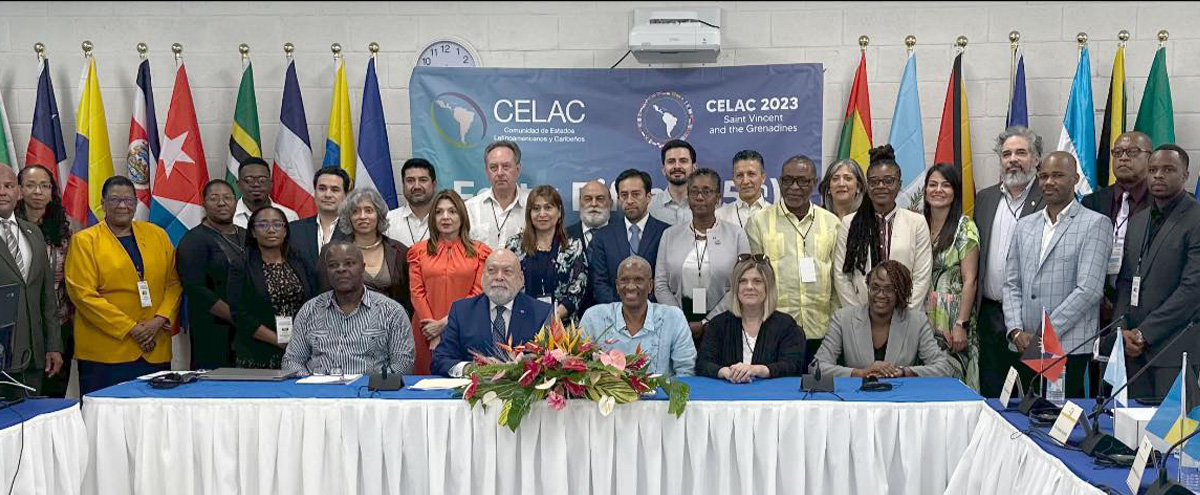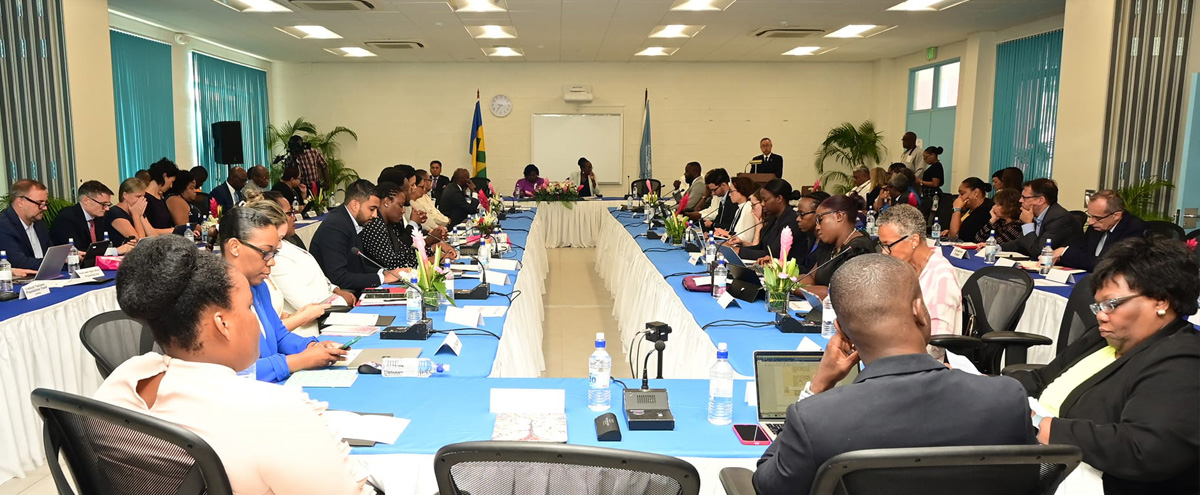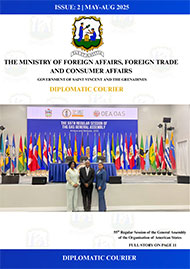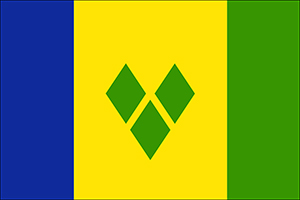
Welcome
Welcome to the website of the Ministry of Foreign Affairs, Foreign Trade and Consumer Affairs. The Ministry is responsible for coordinating Saint Vincent and the Grenadines' relations with foreign governments, as well as regional and international organizations. It seeks to create opportunities for Saint Vincent and the Grenadines in the field of foreign trade through the negotiation and monitoring of the relevant agreements and treaties.
The Ministry of Foreign Affairs, Foreign Trade, Commerce and Information Technology will be hosting its 2015 Science and Technology Summer Program from the 17th - 20th August 2015 on the theme ' Upload Vincy '. The programme targets the 13 - 15 year olds who have a thirst for creating positive content Online. Students will be tasked with relying on creativity, imagination, writing, researching, photography and video production.
If you are interested in increasing the presence of promoting St. Vincent and the Grenadines on the internet - then this is the programme for you!!
OBJECTIVES
- To expose and equip teens (13-15 yrs) with meaningful technological skills;
- To inform and educate participants on the dangers of cyberspace;
- To provide a platform for teen expression and creativity through positive web publications;
- To foster community spirited individuals and
- To strengthen the network of Science and Technology among citizens.
STRUCTURE
The 2015 annual Summer Programme will utilize a format as follows:
- Daily creative puzzles and brainstorming techniques to stimulate participants imagination and thinking processes;
- Lectures/Presentation/discussions on
(i) Uses of internet for education,entertainment, family and your community;
(ii) How to avoid cut and pasting;
(ii) Cyber Crimes for teens;
(iii) Research methods and reporting techniques including podcasting, video production & editing, photo & photo editing
- Field events
- Project
Groups are tasked with producing and publishing content on the following four recommended areas :
- History of environmentalism and protected areas
- Botanical Garden
- Archaeological artefacts and Petroglyphs of SVG
- Garifuna story
To register please call 4561223 or email Ms. Inga Creese at This email address is being protected from spambots. You need JavaScript enabled to view it.
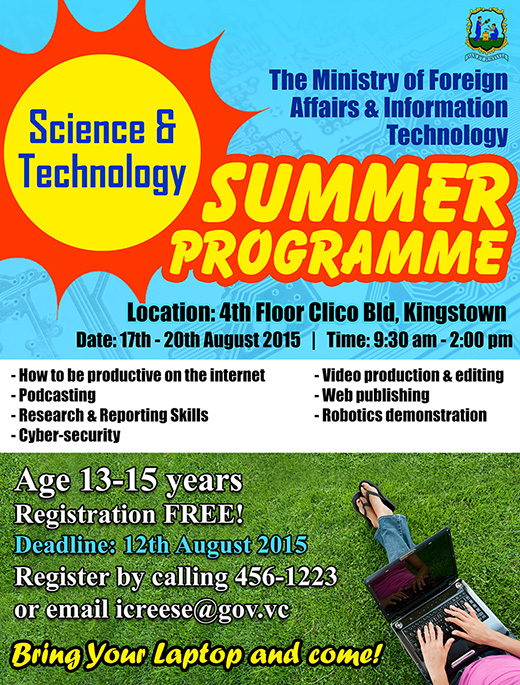
Physicist and Chemist
(1867 - 1934)
Polish born physicist Marie Curie and her French husband, Pierre, are famous for their work on radioactivity. They were inspired by the work of the French physicist Henri Becquerel (1852 - 1908). Marie Curie was the fisrt to use the term "radioactive" for substances that have considerable electromagnetic activity.
She also isolated two new radioactive elements: polonium and radium. After Pierre's death, she took over his job as professor of Physics at the University of Paris - she was the first woman to teach there. She continued her research, looking for medical uses for radioactivity. She was awarded the Nobel Prize for Physics in 1903 and for Chemistry in 1911.
Life Story
|
1867 |
On 7th November Manya Sklodowska - later became as famous as Marie Curie - is born in Warsaw, Poland. Her father is a teacher of Mathematics and Physics; she is the fifth and youngest child. |
|
1883 |
Wins a gold medal for her studies at the Russian School in Warsaw. Her father loses his savings through bad investment, so Sklodowska has to get a job at age 16. She works as a teacher and is involved in clandestine work for the "free university" - reading in Polish to women workers. |
|
1884 |
Takes a job as a governess to finance her sister, Bronia, through her medical studies in Paris, France; on the understanding that her sister will return the favour. |
|
1891 |
Goes to study at the University of Paris. |
|
1893 |
Gains her Master's degree in Physical Science, coming top in the exam. |
|
1894 |
At age 27, gains her second Master's degree, in Mathematics. |
|
1895 |
On 25th July she marries the French chemist, Pierre Curie (1859 - 1906). She continues to study under the Luxembourg physicist, Gabriel Lippmann (1845 -1921), inventor of a process of colour photography. |
|
1896 |
Works on her doctorate, following up the work of French physicist Henri Becquerel, and calls the radiation he has observed "radioactivity." She takes over a disused storeroom at the Ecole de Physique et Chimie Industrielle in Paris. She measures the power of radiation from uranium compounds and extends her investigation to other elements, including thorium. |
|
1897 |
She gives birth to her first daughter, Irene. |
|
1898 |
After extensive work with her husband, they isolate two radioactive elements polonium (named for Poland) and radium. |
|
1900 |
Is appointed Lecturer in Physics at the Ecole Normale Superieure in Servres, France. |
|
1903 |
She and her husband, with Becquerel, are awarded the Davy Medal of the Royal Society, England, and the Nobel Prize for Physics, for the discovery of radioactivity. She is 35. |
|
1904 |
She gives birth to her second daughter, Eve. Marie Curie becomes chief assistant in her husband's laboratory at the University of Paris. |
|
1905 |
On 19th April her husband dies after being run over by a horse and cart in Paris. She takes her husband's job as professor. She is the first woman to teach at the University of Paris. |
|
1910 |
Publishes her treatise on radioactivity. |
|
1911 |
At age 43, is awarded the Nobel Prize for Chemistry for the isolation of radium. |
|
1914 |
She moves to new laboratories and with her daughter Irene (1897 -1956), starts work on developing the use of X-rays. |
|
1918 |
Both women move to the new Institute du Radium and continue their study of radioactive substances and their medical applications. Marie Curie travels to the United States and Europe. |
|
1926 |
Back in Paris, Irene Curie marries the French physicist, Frederic Joliot (1900 -58), who is also working at the Institute. |
|
1930 |
Irene and Frederic Joliot complete important experiments, using stores of radium isolated by Marie Curie. Inauguration of the Radium Institute in Warsaw; Marie's sister, Bronia becomes a director. |
|
1934 |
The Joliot-Curies discover artificial radioactivity. On 4th July Marie Curie dies of leukemia at Sallanches, France, aged 66. |
Making it happen
Technology transfer is the sourcing, selection and delivery of scientific knowledge and expertise from a technology provider to a client requiring their services.
Governments and international agencies have a variety of policy tools for overcoming key barriers and creating enabling environments for technology transfer. Barriers and policy tools are discussed below briefly according to ten dimensions of enabling environments:
- National systems of innovation. Technology transfers are influenced greatly by what have been called national systems of innovation—the institutional and organisational structures which
support technological development and innovation. Governments can build or strengthen scientific and technical educational institutions and modify the form or operation of technology
net-works-the interrelated organisations generating, diffusing, and utilising technologies. - Social infrastructure and participatory approaches. Social movements, community organisations and non-governmental organisations (NGOs) contribute to the “social infrastructure” that plays an
important and enabling role in many forms of technology transfer. Governments can devise participatory mechanisms and adopt processes to harness the networks, skills and knowledge of civil
society, including community groups and NGOs, to better meet user needs, avoid delays and achieve greater success with technology transfer. - Human and institutional capacities. There are many failures of technology transfer that result from an absence of human and institutional capacity. Although much of the focus on capacity building
has been on enhancing scientific and technical skills for selecting, managing, adapting, and financing technologies are equally important. Capacity building is a slow and complex process to which
long-term commitments must be made. For adaptation there is a need to strengthen scientific and policy institutions to enable the undertaking of assessments and, to access datasets, tools and
techniques to produce outputs for national determined priorities. - Macroeconomic policy frameworks. Macroeconomic policies include direct and indirect financial support, energy tariff policies, trade and foreign investments policies, and financial sector regulation
and strengthening. - Sustainable markets. Sustainable market approaches are important for renewable energy and energy efficiency technology transfer because these approaches promote replicable, ongoing
technology transfers. Governments can conduct market transformation programmes that focus simultaneously on both technology supply (production technologies and product designs) and
demand (subsidies, consumer education and marketing). - National Legal institutions. National legal institutions are needed to secure intellectual property rights; reduce contract, property, and regulatory risks; and promote good governance and eliminate
corruption. To these ends, governments can strengthen national legal institutions for intellectual property protection; and strengthen administrative and legal processes to assure transparency,
participation in regulatory policy-making, and independent review. - Codes, standards and certification. The importance and the need for technical standards, codes and certification have been well recognised by the technical community all over the world. If
standards and codes are absent, transaction costs can increase, as each buyer must ascertain the quality and functionality of potential technologies individually, raising transaction costs. - Equity considerations. Equity in technology transfer can be enhanced by devising analytical tools and providing training for social impact assessments before technology is selected, and creating
compensatory mechanisms for ‘losers’. Governments may also wish to develop criteria for ensuring that technology transfer projects do not disempower or negatively influence weaker social groups
in a society.
Speeches
- Message From Dr., The Honourable, Ralph E. Gonsalves, Prime Minister, Saint Vincent And The Grenadines To Mark The Thirty-eight (38th) Anniversary of Independence
- 72nd UNGA Statement by Minister of Foreign Affairs Sir Louis Straker
- Address To The 46th General Assembly Of The OAS by Hon. Camillo Gonsalves
- Eight Session of the WTO Ministerial Conference
- Minister's Speech
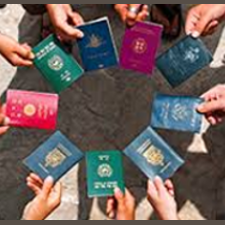

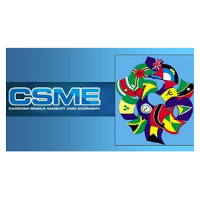
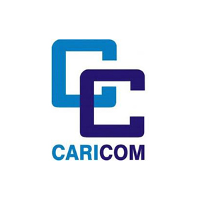
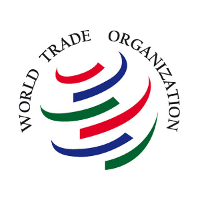
Website developed and managed by the Information Technology Services Division
Telephone: +1 784 457-1007
© 2025 Government of St Vincent and the Grenadines
